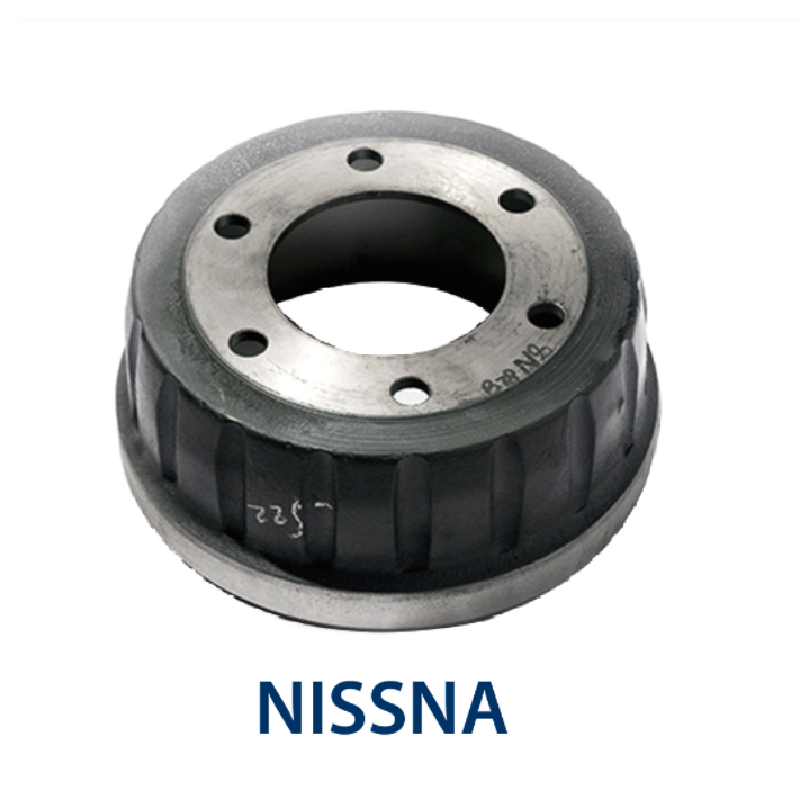Nov . 22, 2024 11:28 Back to list
signs of a warped brake drum
Signs of a Warped Brake Drum How to Identify and Address the Issue
Brake drums are crucial components of a vehicle's braking system, particularly in older models or those equipped with drum brakes. Over time, these drums can become warped, leading to significant safety concerns. Recognizing the signs of a warped brake drum early can help drivers avoid costly repairs and enhance their overall braking performance.
One of the primary signs that a brake drum may be warped is unusual vibrations when braking. If you feel a pulsating sensation in the brake pedal or through the steering wheel during braking, it could indicate that the drum is not making even contact with the brake shoes. This uneven contact can lead to decreased braking power and longer stopping distances, posing a danger on the road.
Another telltale symptom is excessive noise when braking. A warped brake drum can create a grinding or squealing sound, which is usually due to the brake shoes making uneven contact with the drum surface. If you hear these sounds, it is crucial to address the issue promptly, as ignoring it could result in more extensive damage to the braking system.
Furthermore, if you notice a pull to one side when braking, this could also signal a warped brake drum. This pulling indicates that the brakes are not applying evenly across the wheel assembly. In some cases, this could be a sign of one drum being significantly more out of round than the other, leading to an imbalance that affects vehicle handling.
signs of a warped brake drum

In some scenarios, you may visually inspect the brake components inside the wheel. If you notice noticeable grooves or a discoloration on the drum surface, this could suggest warping. Overheating caused by frequent heavy braking can lead to such damage. If you suspect warping, it's advisable to consult a professional mechanic who can perform a more thorough inspection.
Addressing a warped brake drum is essential for maintaining safety and performance. The first step is to assess the extent of the wear. In some cases, a simple resurfacing of the drum may resolve the issue, restoring it to a usable condition. However, if the drum's warping is severe, replacing it may be the best course of action.
Regular maintenance plays a critical role in preventing issues related to brake drums. Ensure that your braking system is properly aligned and that your brake shoes are not excessively worn. Additionally, avoid heavy braking whenever possible to minimize the potential for overheating and drum distortion.
In conclusion, being aware of the signs of a warped brake drum can save you from potential accidents and costly repairs. If you experience vibrations, unusual noises, or pulling to one side while braking, it is crucial to have your vehicle inspected. Proper care and timely intervention can help ensure that your braking system functions effectively, keeping you and your passengers safe on the road.
-
Your Brake Drum Man: Quality & Performance Parts
NewsAug.21,2025
-
Explore Japan: Ultimate Travel Guide & Authentic Experiences
NewsAug.19,2025
-
Your Brake Drum Man: Premium & Reliable Brake Drums for Sale
NewsAug.18,2025
-
ROR Web Development: Build Fast, Scalable, Secure Apps
NewsAug.17,2025
-
Scania Brake Drums: OEM Quality for Optimal Safety & Durability
NewsAug.16,2025
-
R.V.I: Advanced Remote Visual Inspection for Precision
NewsAug.15,2025
